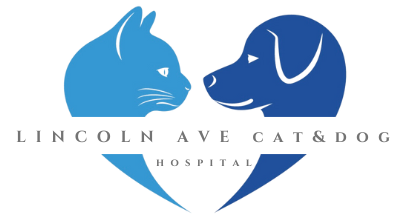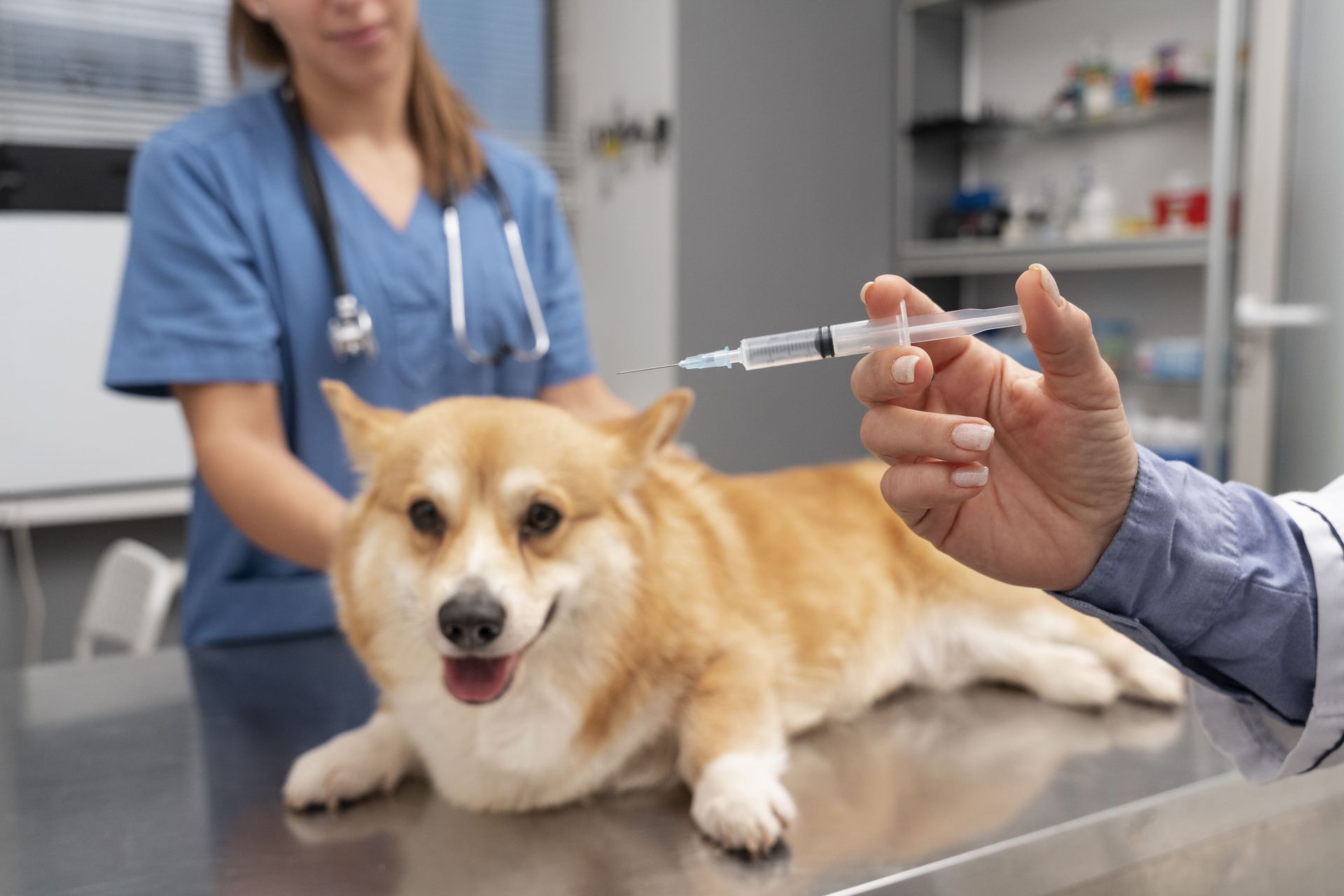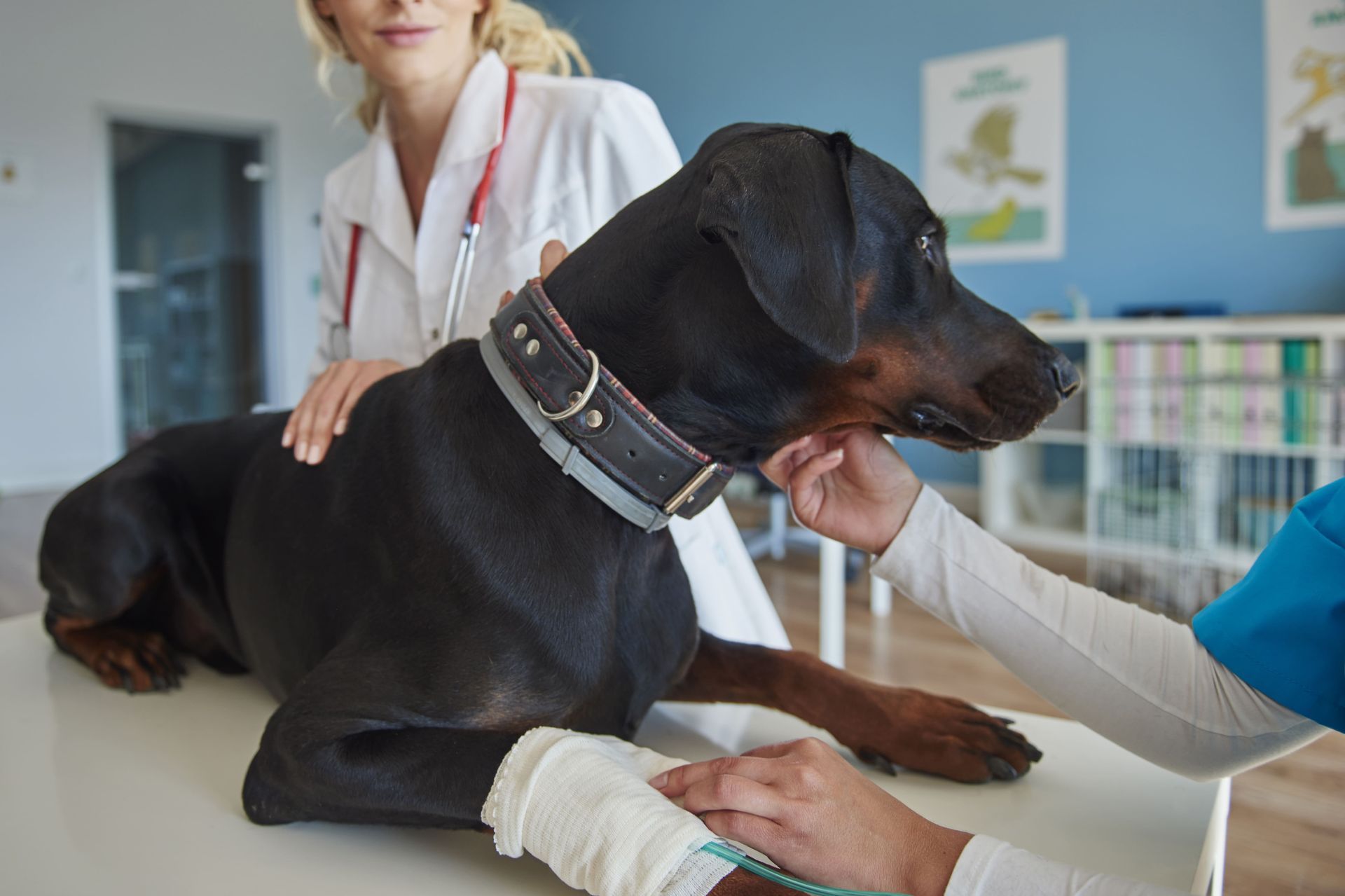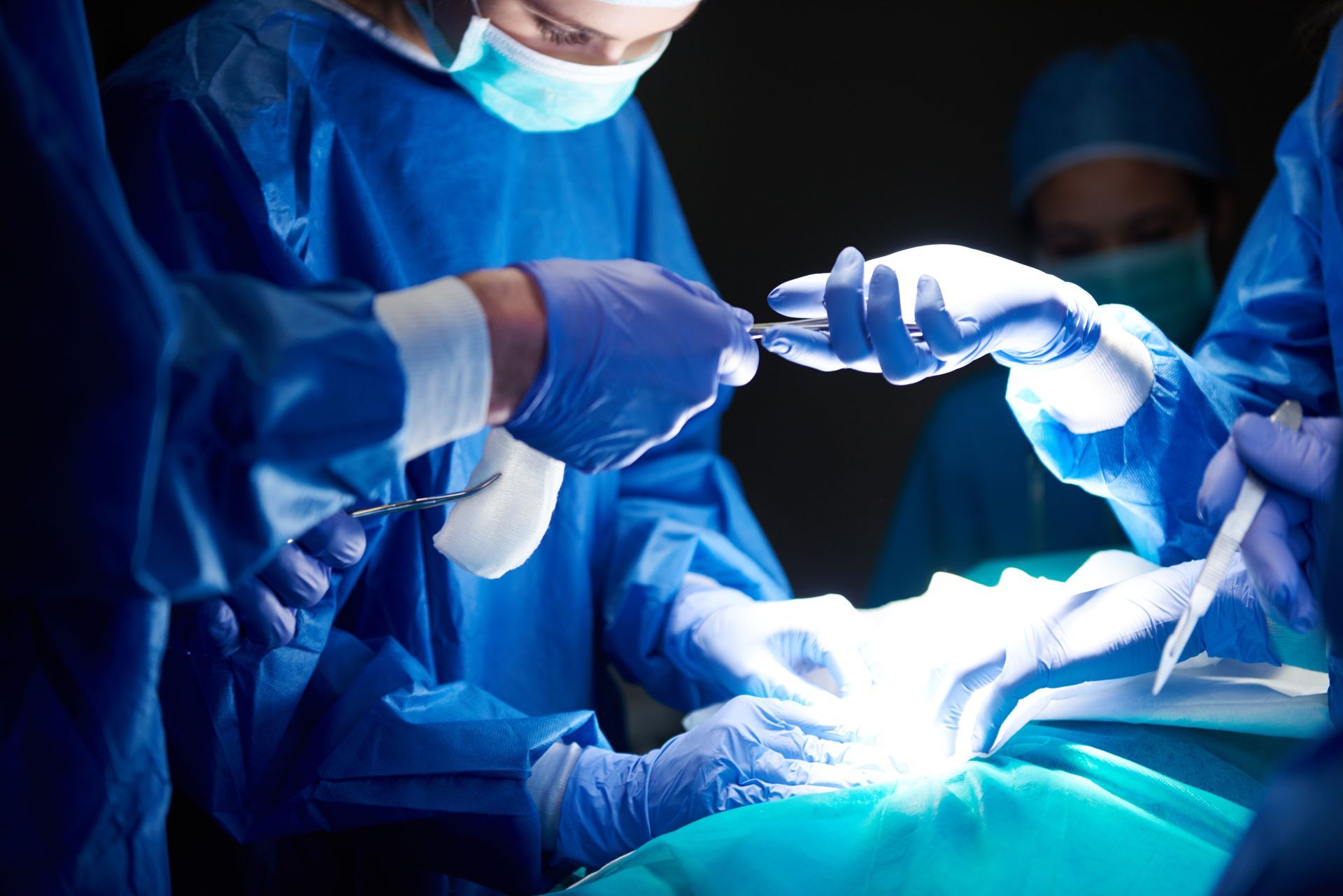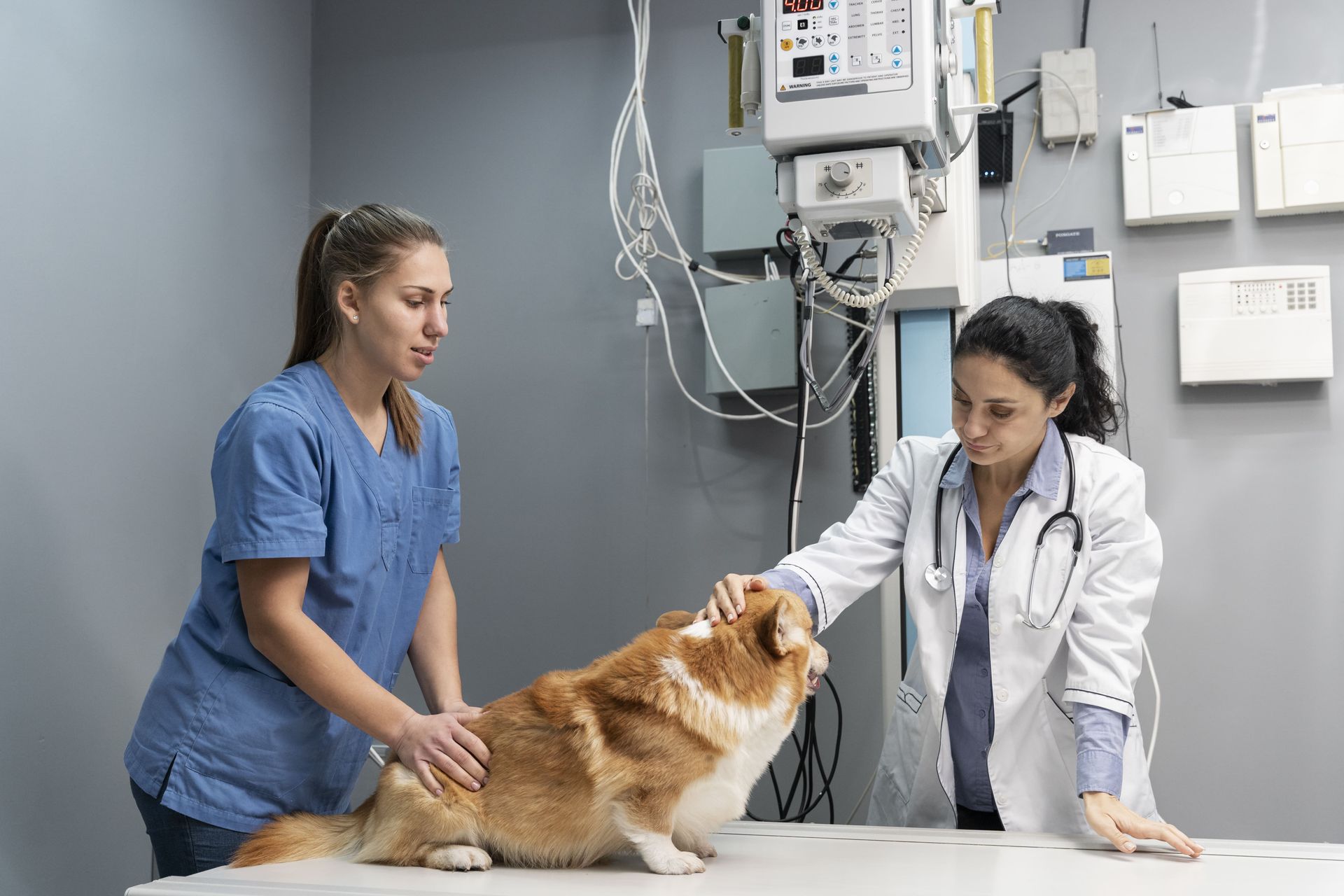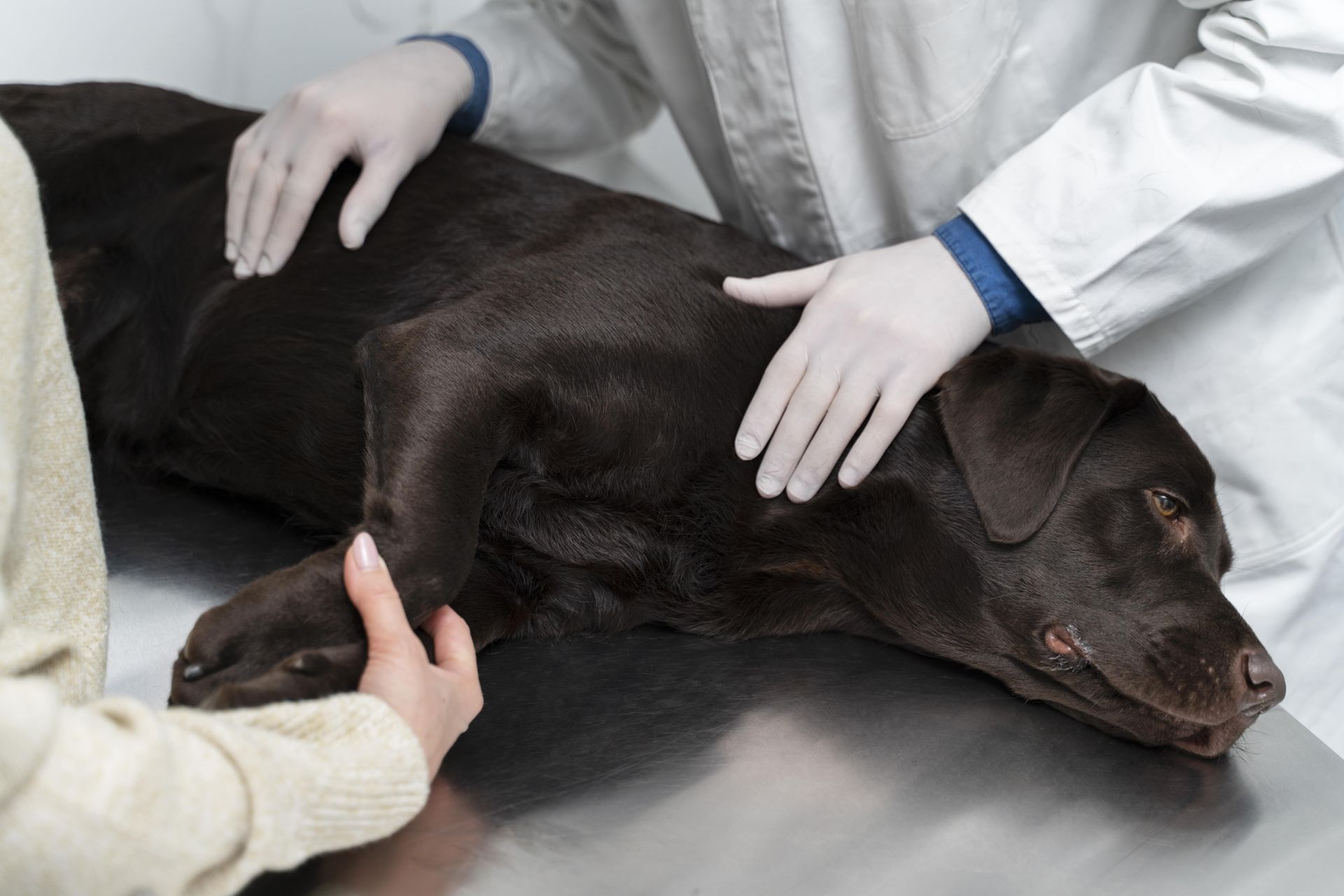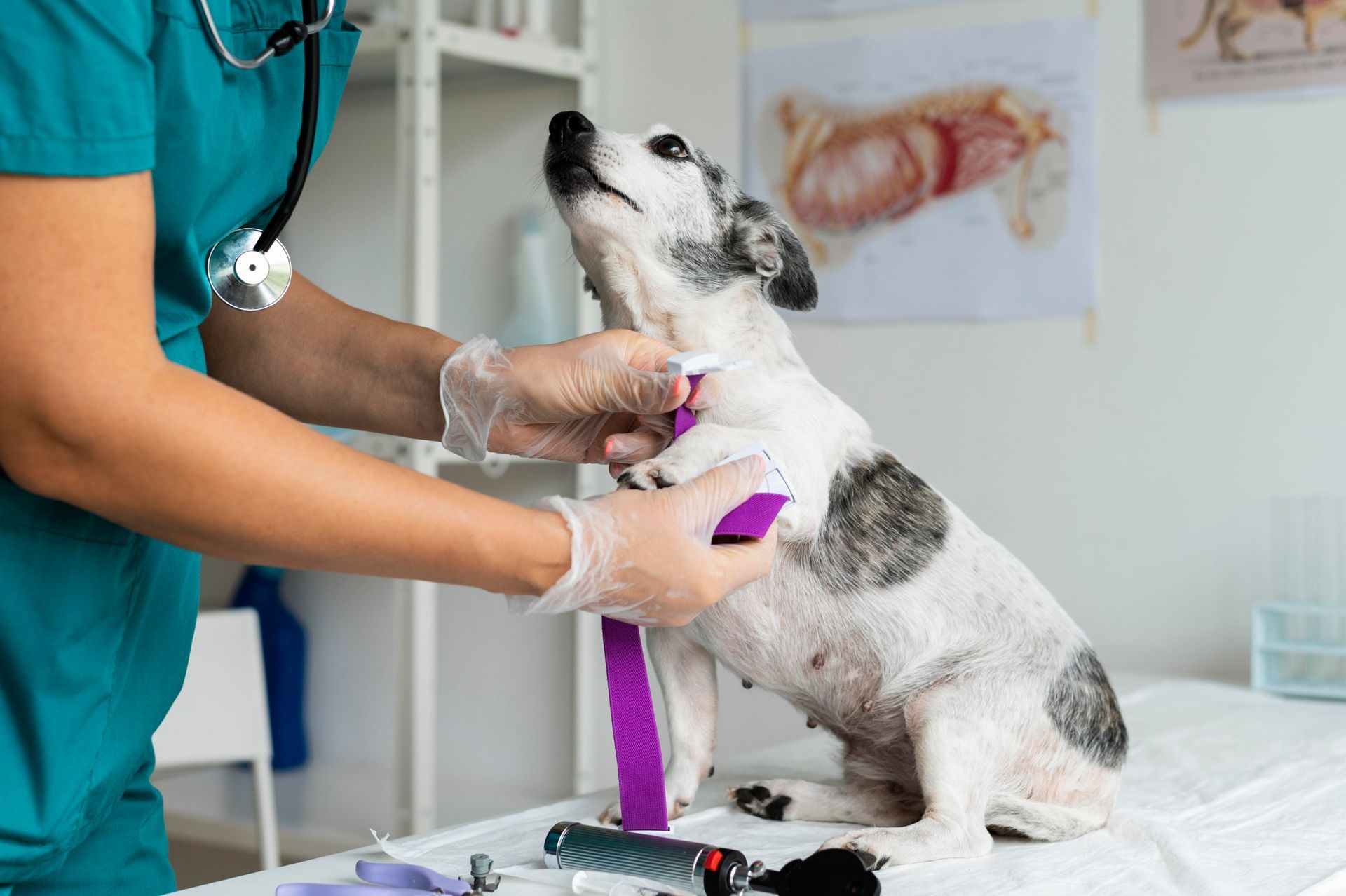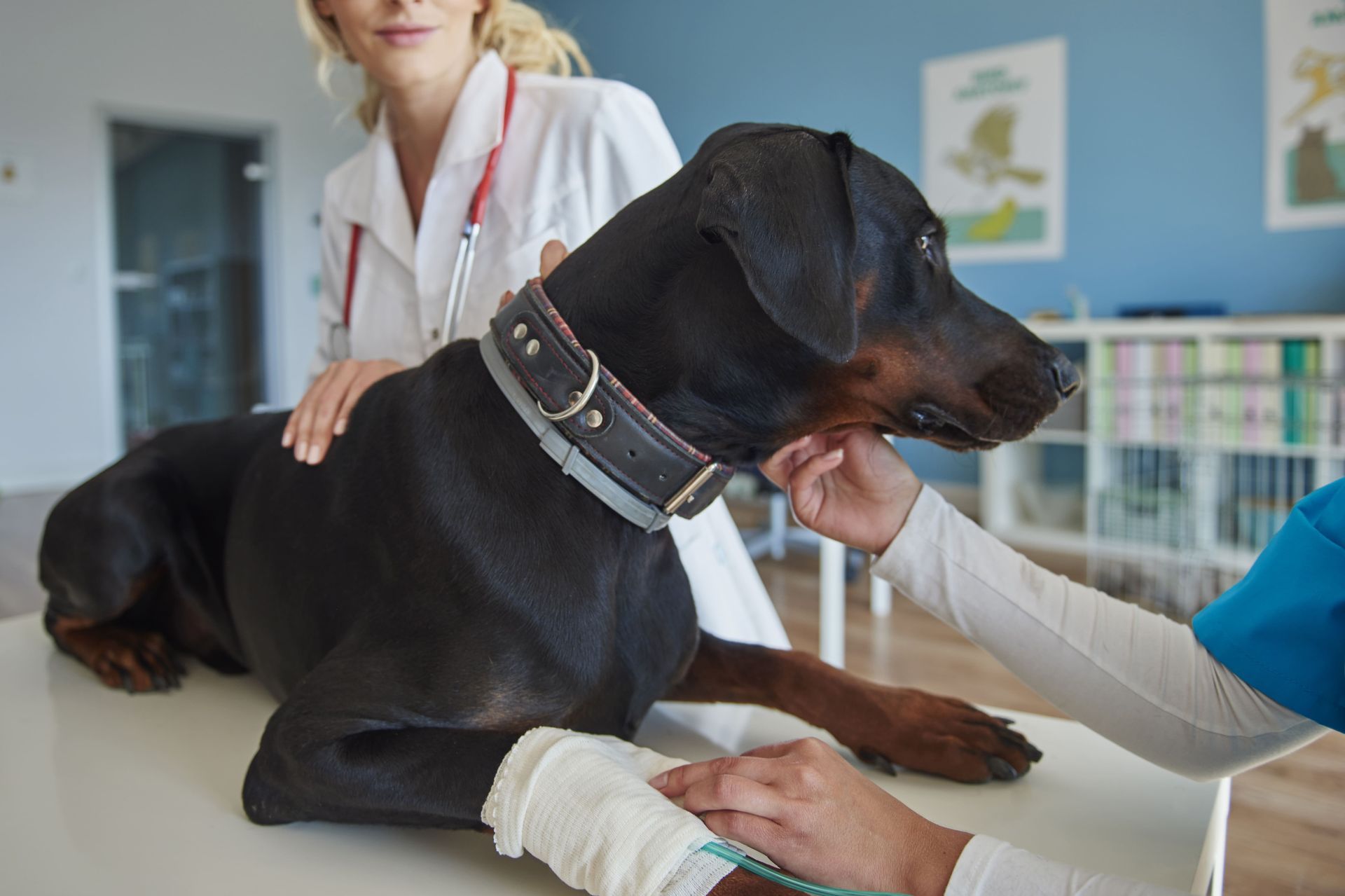5 Signs Your Pet May Need Dental Care
Bad breath in pets
Does your pet have bad breath? This could be a sign of dental problems. Bad breath in pets may indicate tooth decay, gum disease, or other oral health issues. It's important to address this issue promptly to ensure your pet's overall well-being.
Excessive drooling and pawing at the mouth
If you notice your pet drooling excessively or pawing at their mouth, it could be a sign that they need dental care. This behavior may indicate dental pain or discomfort, which can be caused by various dental issues such as gum disease, tooth decay, or an oral injury. It's essential to have your pet's dental health checked by a veterinarian to address any underlying problems and ensure they receive the necessary dental care.
Difficulty eating or chewing
If your pet is having trouble eating or chewing, it could be a sign that they need dental care. This may indicate dental issues such as broken teeth, gum disease, or oral pain. Keep an eye out for any changes in your pet's eating habits, and consult a veterinarian if you notice any signs of difficulty.
Red or swollen gums
If your pet's gums are red or swollen, it could be a sign of gum disease. Gum disease is caused by a buildup of plaque and tartar on the teeth, leading to inflammation and infection. This can result in redness, swelling, and even bleeding of the gums. It's essential to address this issue promptly to prevent further dental problems for your pet. Regular dental care and professional cleanings can help keep your pet's gums healthy and prevent gum disease.
Loose or broken teeth
If your pet has loose or broken teeth, it might be a sign of dental issues. Pets can break or loosen their teeth from chewing hard objects, trauma, or underlying dental problems. If you observe any loose or broken teeth, it's important to consult a veterinarian for a dental examination. Left untreated, dental issues in pets can lead to pain, infections, and other health complications.
